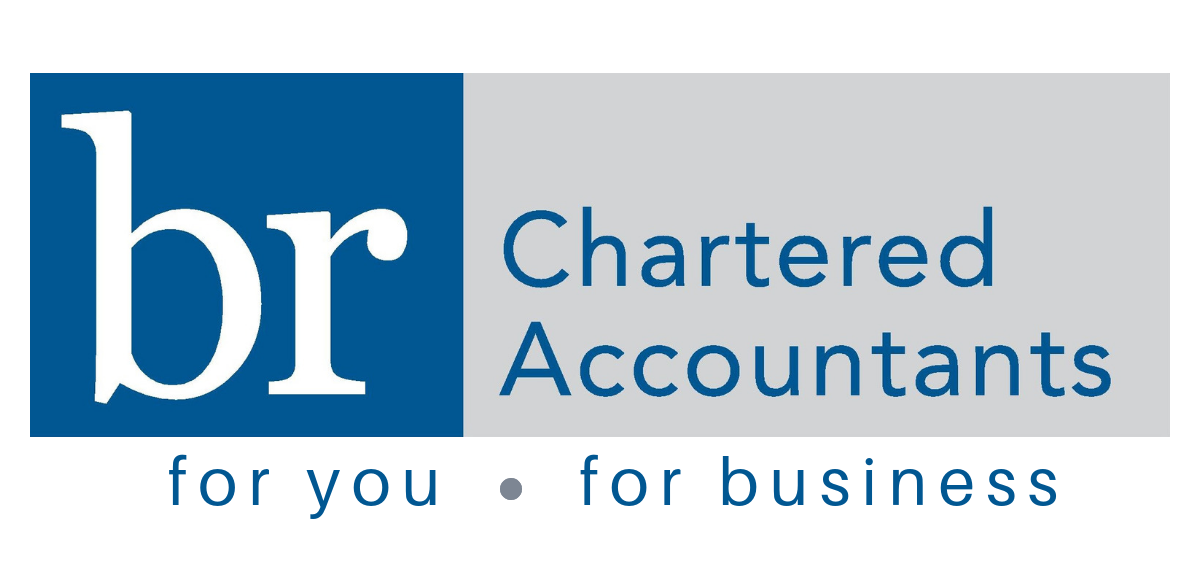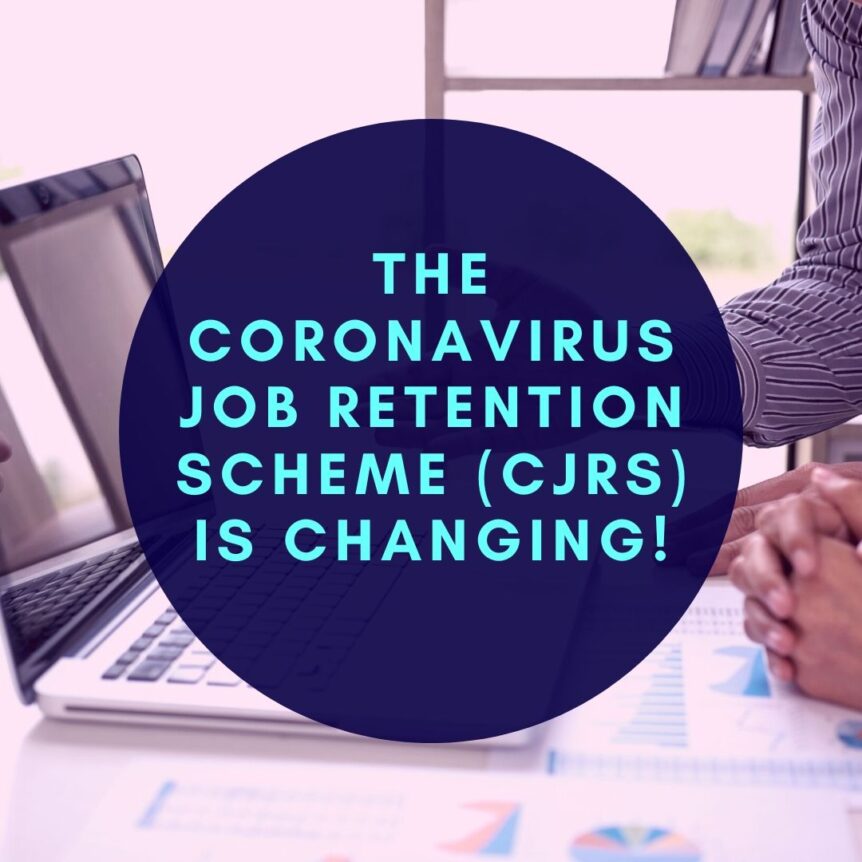UK Chancellor Rishi Sunak outlined changes to the furlough scheme during the daily press briefing (29 May 2020).
The Chancellor stated that in June and July the furlough scheme will continue as before, but employers will be asked to cover National Insurance and employer pension contributions in August.
By September, businesses will pay 10% of wages for furloughed staff, and in October 20%, the UK chancellor said.
This means the subsidy will taper off from August, with businesses expected to pay a greater share of their staff salaries, starting with covering National Insurance and pension contributions.
From September the government will cover only 70% of salaries, to a cap of £2,190 and from October it will pay 60%, to a cap of £1,875. Employers will make up the shortfall to get salaries back to 80% of pre-Covid lockdown levels.
After that, the scheme will close.
Flexible Furloughing of employees
From 1 July, employers can bring back to work employees that have previously been furloughed for any amount of time and any shift pattern, while still being able to claim CJRS grant for their normal hours not worked. When claiming the CJRS grant for furloughed hours employers will need to report and claim for a minimum period of a week.
The scheme will close to new entrants from 30 June. From this point onwards, employers will only be able to furlough employees that they have furloughed for a full 3-week period prior to 30 June.
This means that the final date by which an employer can furlough an employee for the first time will be 10 June, in order for the current 3-week furlough period to be completed by 30 June. Employers will have until 31 July to make any claims in respect of the period to 30 June.
Further guidance on flexible furloughing and how employers should calculate claims will be published on 12 June.
If you have any further questions then please don’t hesitate to contact us.
Ben and Richard

